15 Things To Know Before You Start Training Your Pit Bull
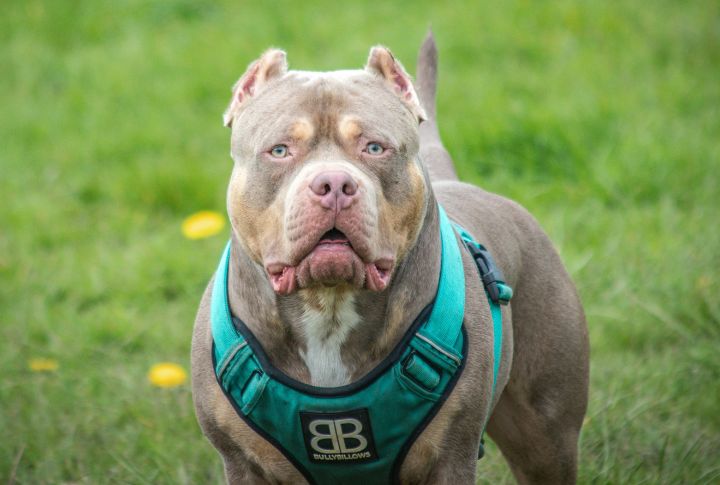
A Pit Bull without training is like an unskilled athlete—full of potential but bound to make mistakes. But good training isn’t about control; it’s about understanding what your pet needs. Want a dog that listens, learns, and actually enjoys it? Let’s get started!
Early Lessons Make Life Easier Later
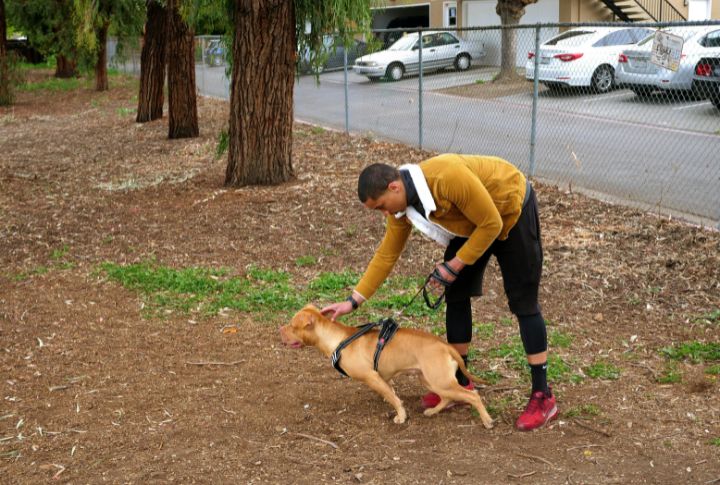
The habits a Pit Bull develops early influence its behavior for years. Learning to wait for food teaches patience, while controlled interactions with new people as a puppy help build trust. A dog that understands boundaries from the start is also easier to train later, as it already knows how to follow guidance and adapt to expectations.
A Socialized Companion Is A Confident One
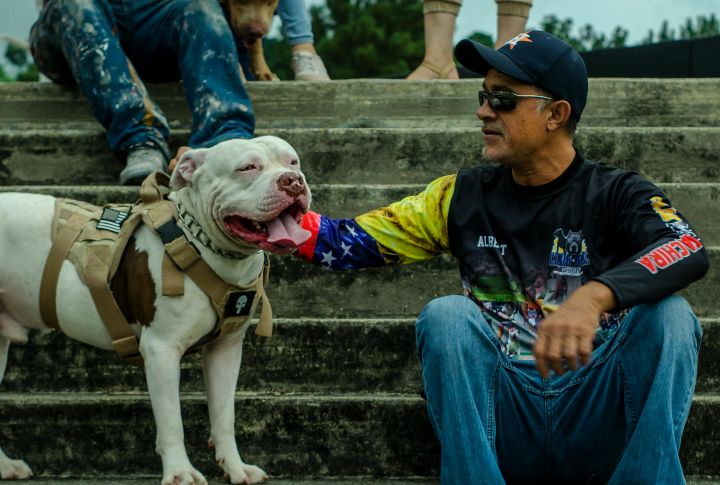
Confident Pit Bulls aren’t born—they are made through experience. Meeting new people and animals ensures them that the world isn’t something to fear. But for a dog that never leaves the backyard? Everything feels like a threat, and fear-based reactions are harder to unlearn.
The Shorter The Commands The Better
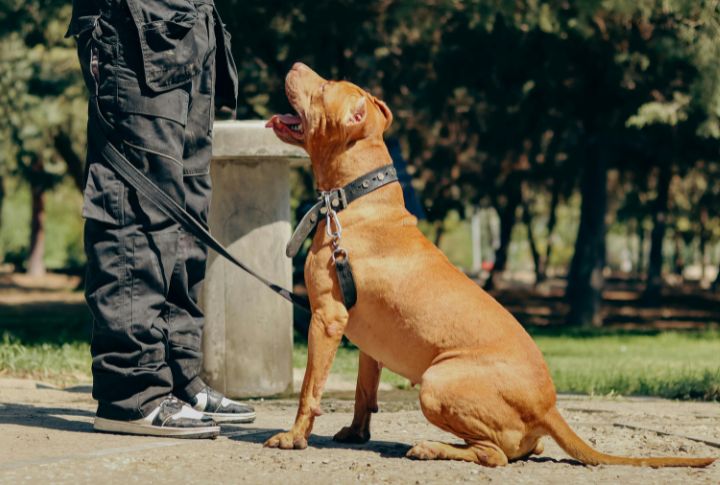
Ever tried explaining calculus to a toddler? That’s what your dog hears when you turn a simple command into a lengthy speech. Stick to concise, clear commands like “sit” or “stay.” A single, direct word builds strong associations and reduces hesitation. Train smarter, not longer
Jumping Isn’t Cute If It Knocks Someone Over
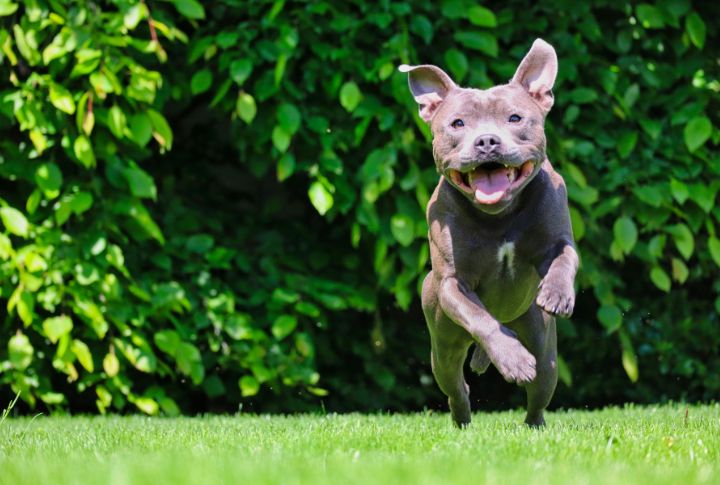
A tiny puppy bouncing up to greet you? Adorable. A muscular dog doing the same thing? Not so much. The best way to stop them from jumping is to remove the reward, which, in this case, is attention. Yes, ignore them until paws stay on the ground. Remember, humans control the greetings, not the other way around.
Exercise Improves Training Focus
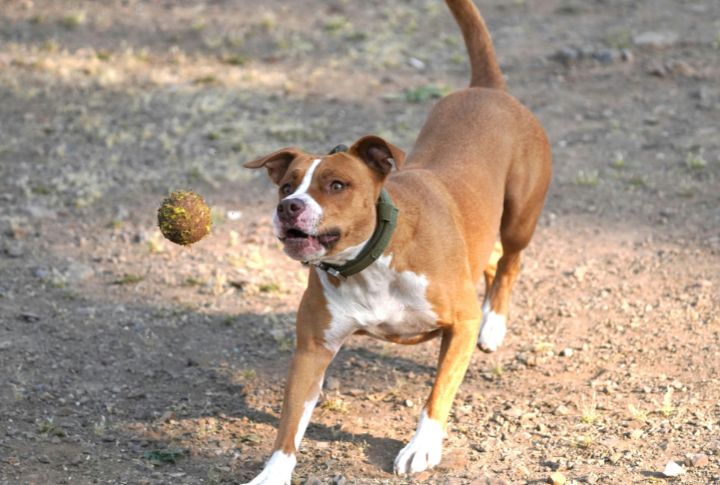
A restless dog struggles to pay attention. This is why engaging in a brisk walk or a game of fetch before the training to burn off excess energy is ideal. Watch as it turns a distracted dog into a willing student. When their body is relaxed, their mind becomes more receptive, giving better results.
Bite Control Isn’t Automatic
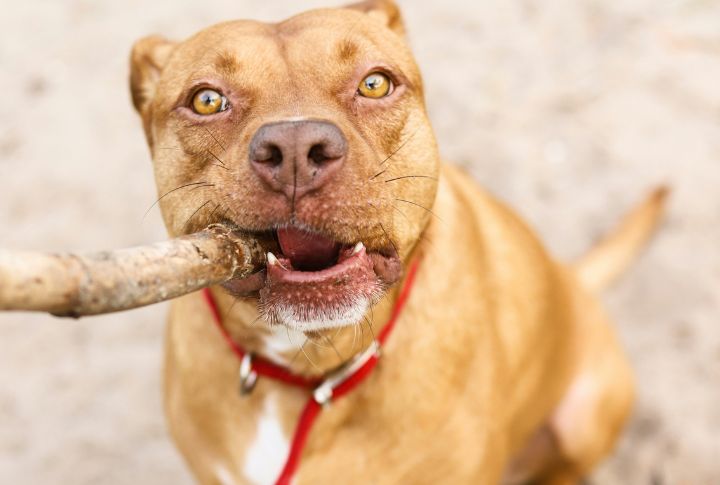
Every puppy tests the world through its mouth, and although these soft nibbles seem harmless at first, a Pit Bull’s small teeth grow into powerful jaws. Teaching bite control helps your pet learn safe interactions and prevents unintentional harm. Because a dog that bites too hard, even in play, may face restrictions, mistrust, or even serious consequences.
Good Behavior Deserves Instant Recognition
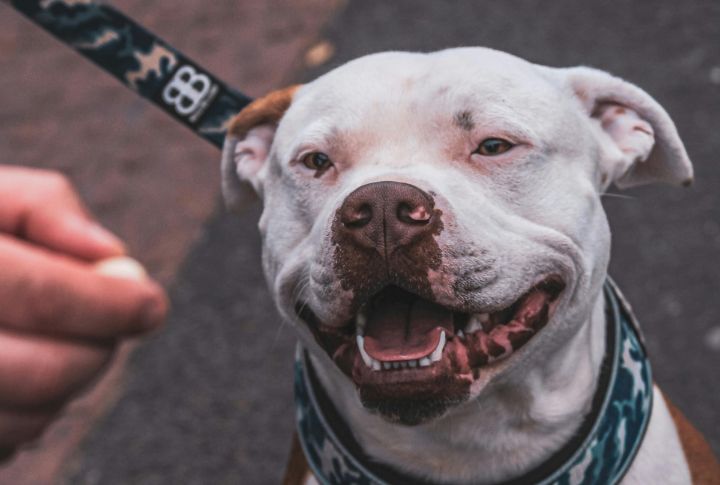
Reinforcement only works if it’s immediate. When it follows a command, feedback should come instantly. The brain connects action and reward best when there’s no delay. A five-second pause might not seem like much, but for learning purposes, it’s the difference between reinforcement and confusion.
Consistency Is A Must
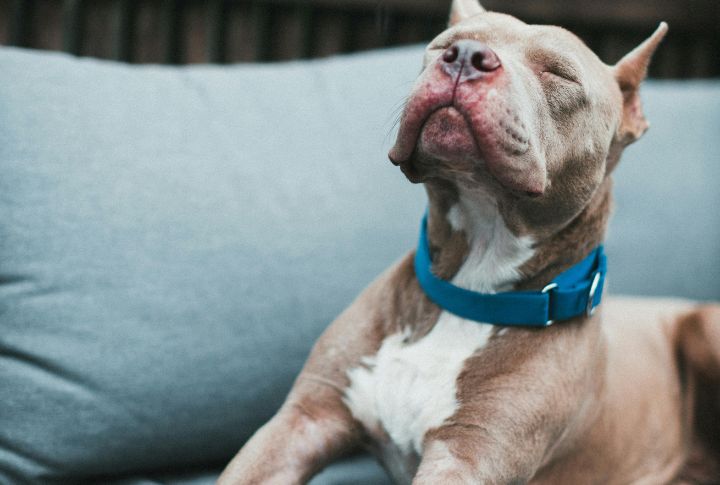
A rule enforced once in a while is never really a rule. If the couch is off-limits today but fine tomorrow, don’t expect the message to stick. Most importantly, every household member needs to follow the same guidelines because Pit Bulls don’t rebel; they just follow whatever pattern they see most often.
Tug-Of-War Is Fun Until It’s Not
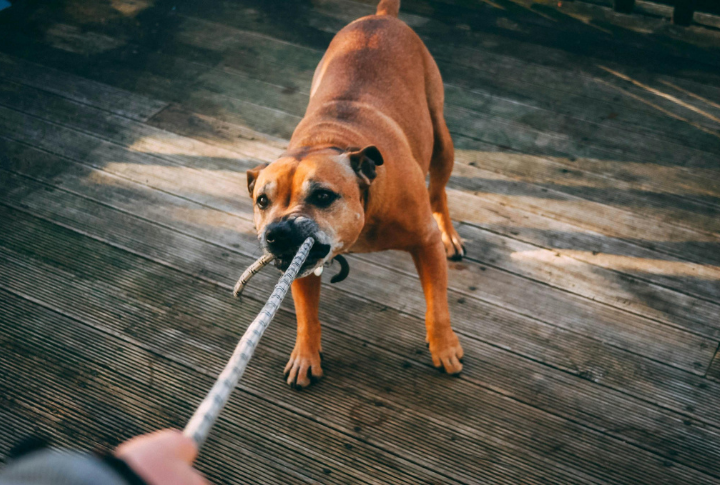
Tug-of-war is a great way to keep both the dog and the owner engaged, but like any good game, it needs rules. When it refuses to drop the toy, playtime comes to an immediate stop. Mastering the release command improves the experience for both sides. Otherwise, what starts as harmless fun can turn into an all-out standoff that neither wants to lose.
A Growl Is A Warning, Not An Attack
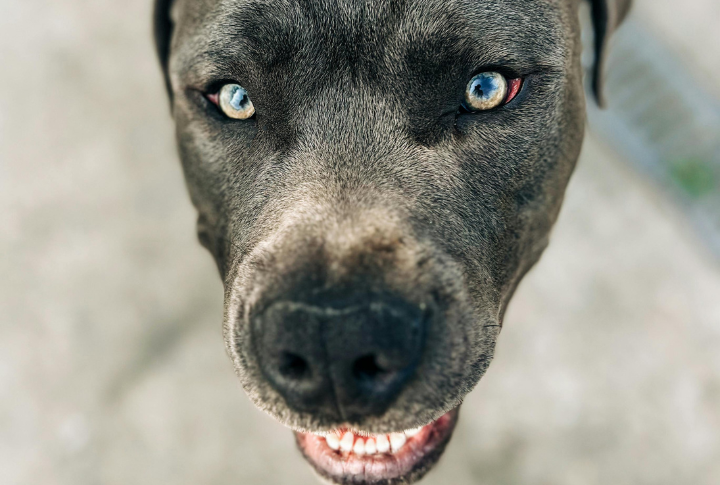
A growling dog isn’t dangerous—it’s communicating. So, ignoring those signals or punishing them leads to a pet that bites without warning. Instead of shutting down their voice, pay attention to them. Fear, discomfort, or uncertainty are the three main reasons for growling, and addressing the cause early on prevents problems before they escalate.
A Crate Should Be A Safe Haven

Every dog needs a space to call its own. When introduced the right way, a crate feels more like a cozy retreat than a cage. It’s where they can relax without disturbance. But don’t use it for punishments or time-outs; it will stop feeling safe and start feeling like a place to avoid.
Walking On A Leash Shouldn’t Be A Battle
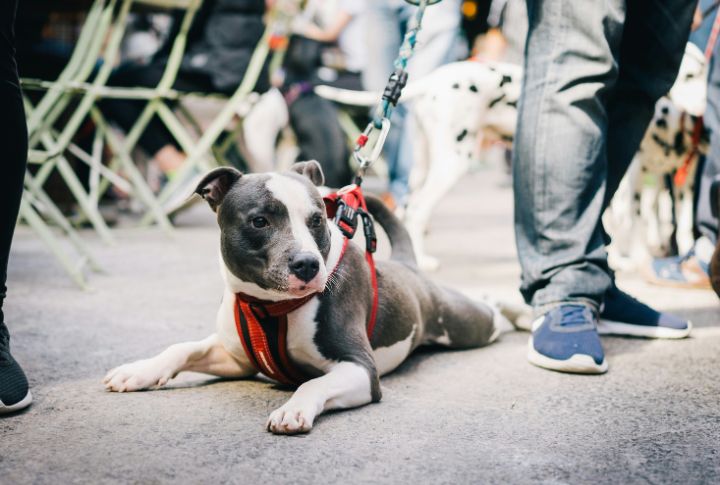
A leash should be a connection, not a struggle. Start by using positive reinforcement when your Pit Bull walks calmly beside you. If they pull, stop and wait for them to return to your side before continuing. Consistency and patience are key to teaching calm leash behavior.
Calm Owners Raise Calm Dogs
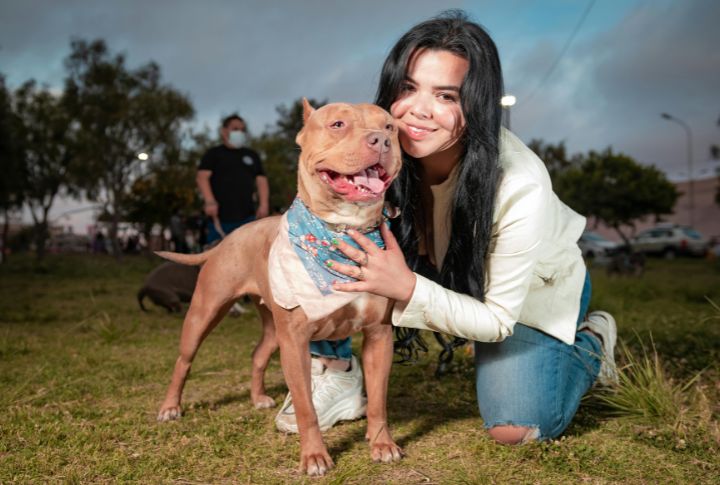
Dogs are great at reading energy, and Pit Bulls are no different. If you’re flustered, they’ll pick up on it. But when you lead with confidence and consistency, they relax and follow suit. A balanced approach makes training smoother and strengthens your bond.
Training Isn’t A One-And-Done Deal
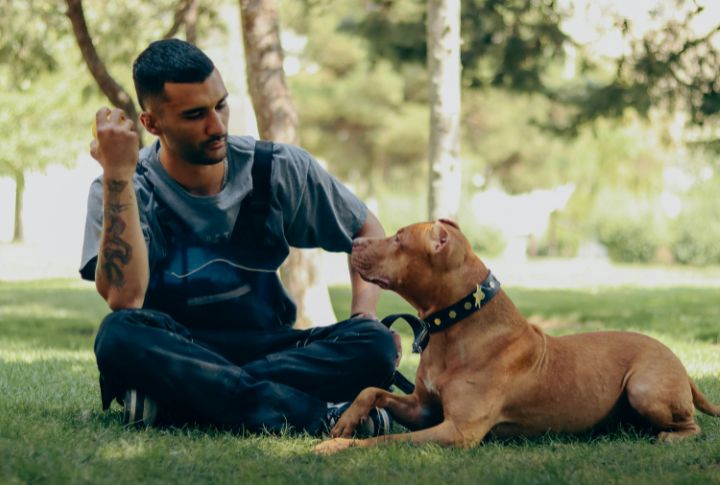
Good habits don’t last forever unless they’re reinforced. A well-mannered Pit Bull isn’t the result of a short-term program but rather a lifelong practice. Just as humans benefit from reminders, canines do as well. Plus, keeping training fresh and engaging ensures good behavior sticks, no matter how old they get.
Meet-Cutes Don’t Happen For Dogs
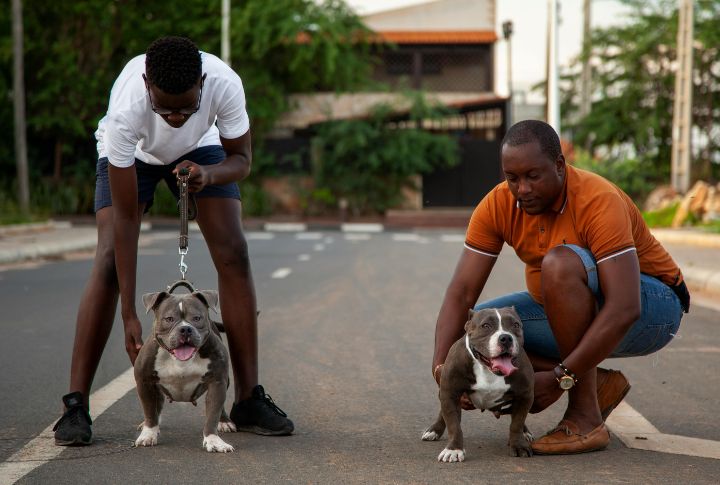
Throwing another pet in the mix and hoping for the best? That’s a recipe for chaos. A rushed introduction can lead to barking, growling, or an instant rivalry that’s hard to undo. Instead, set the scene for success—pick a neutral spot, keep your energy calm, and let them take their time. A little patience now means fewer headaches later.






